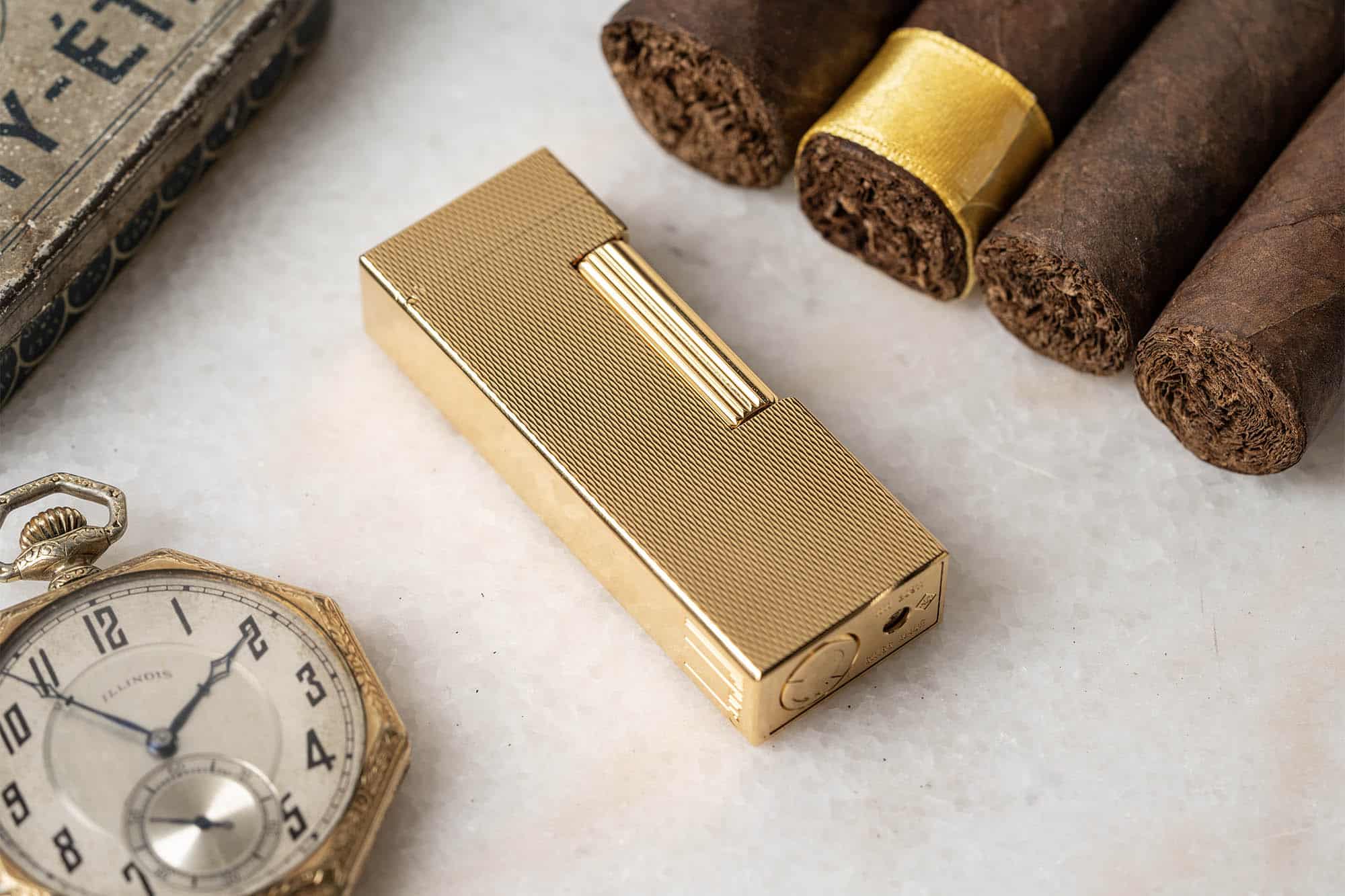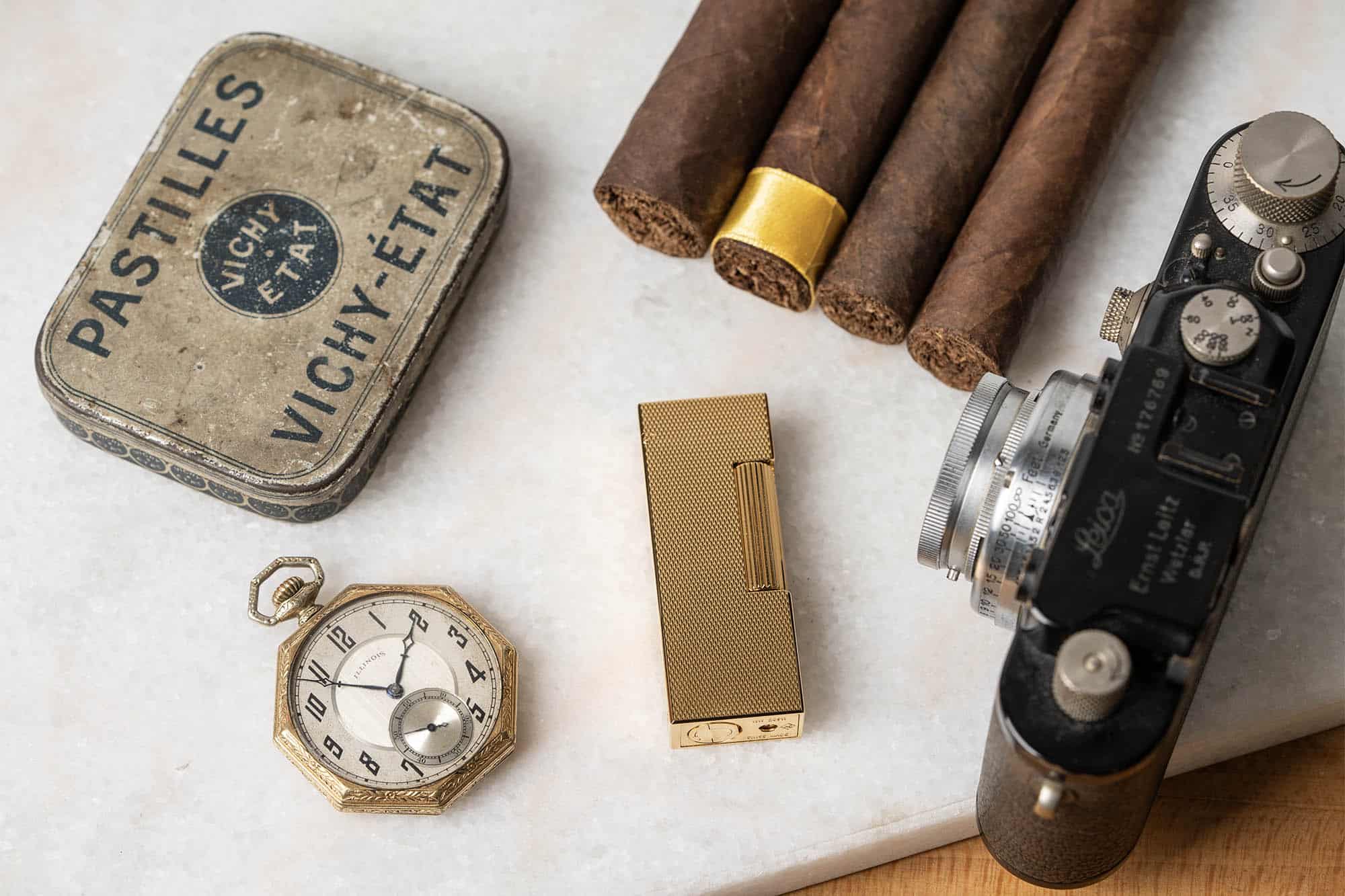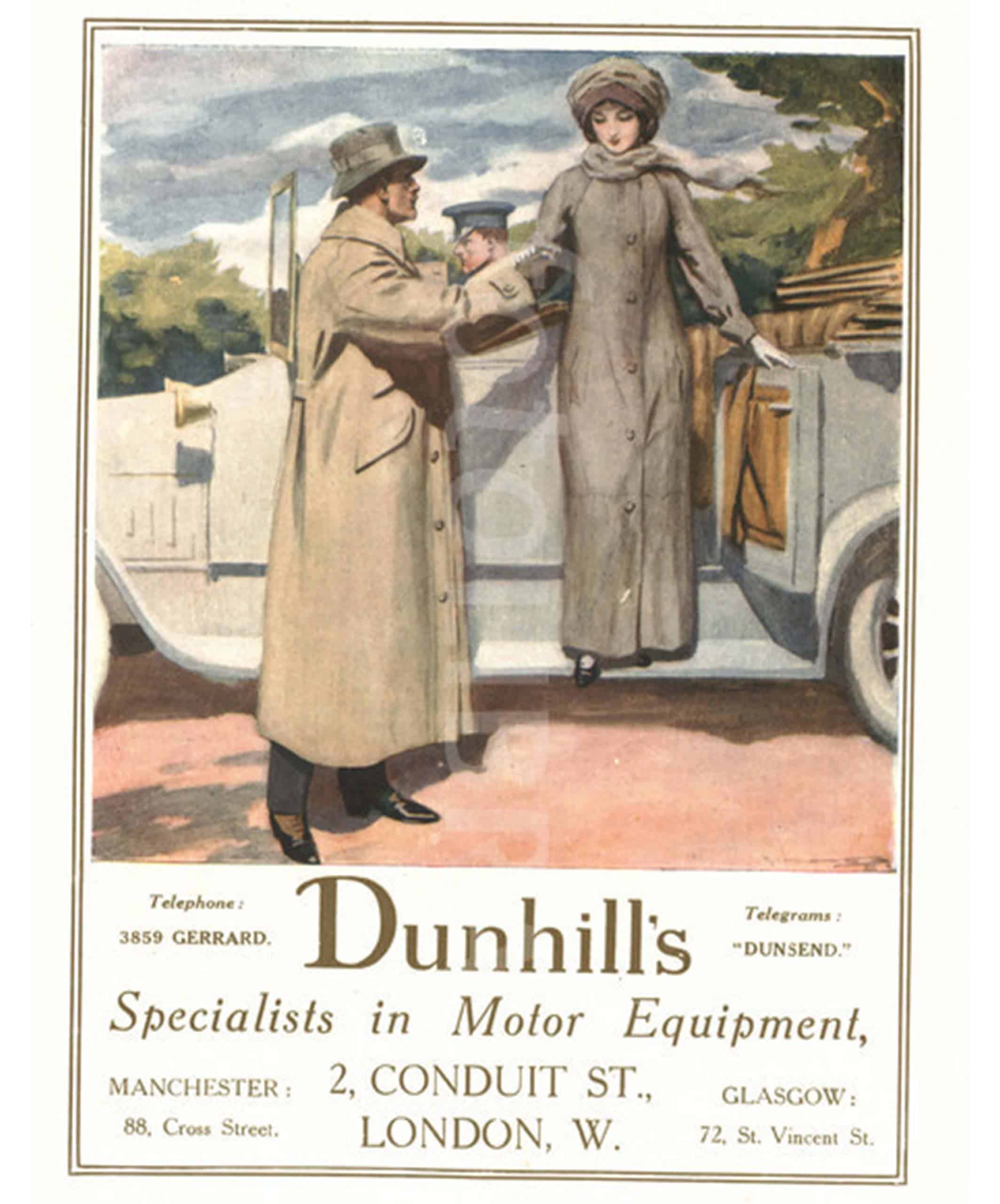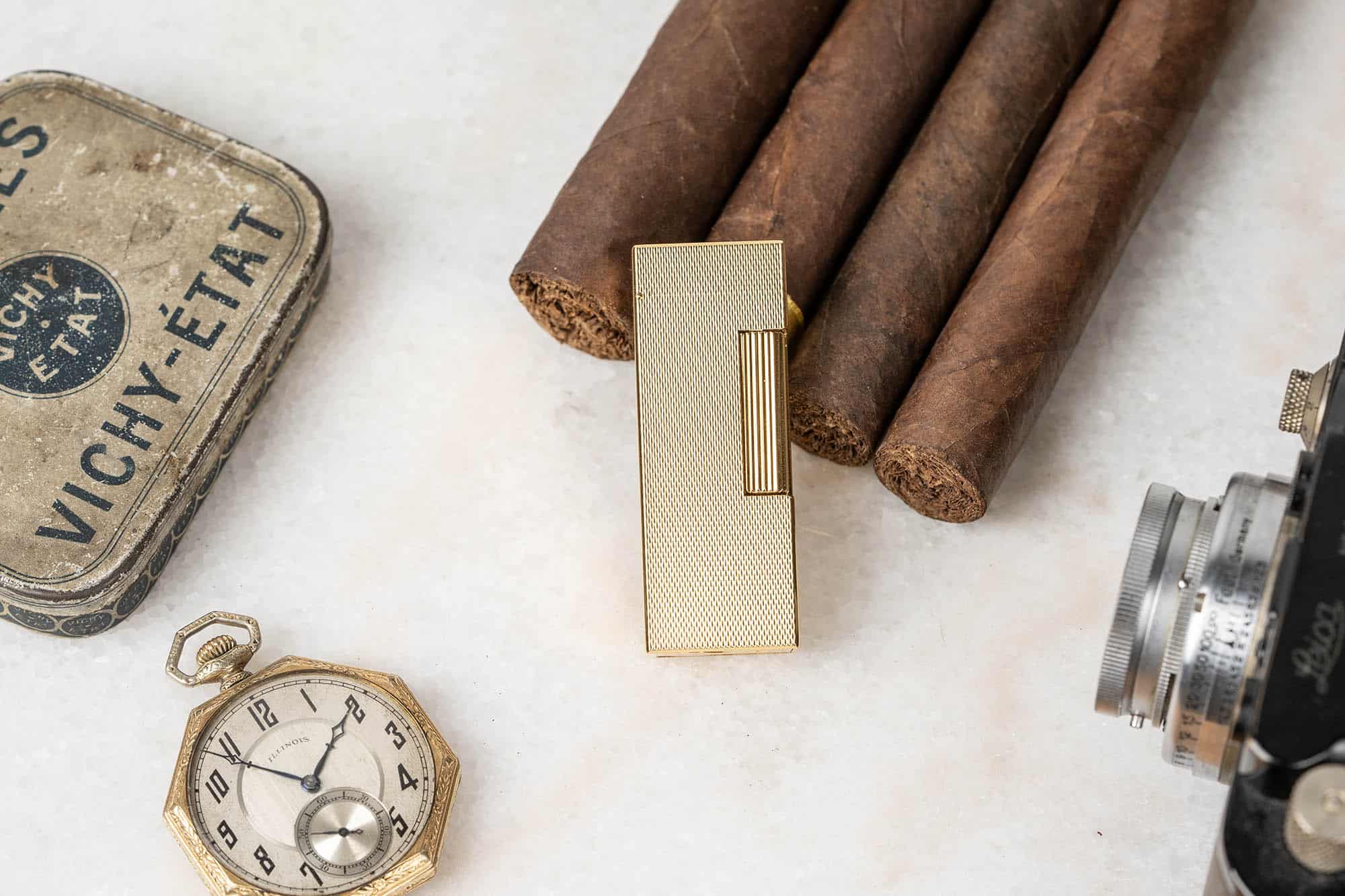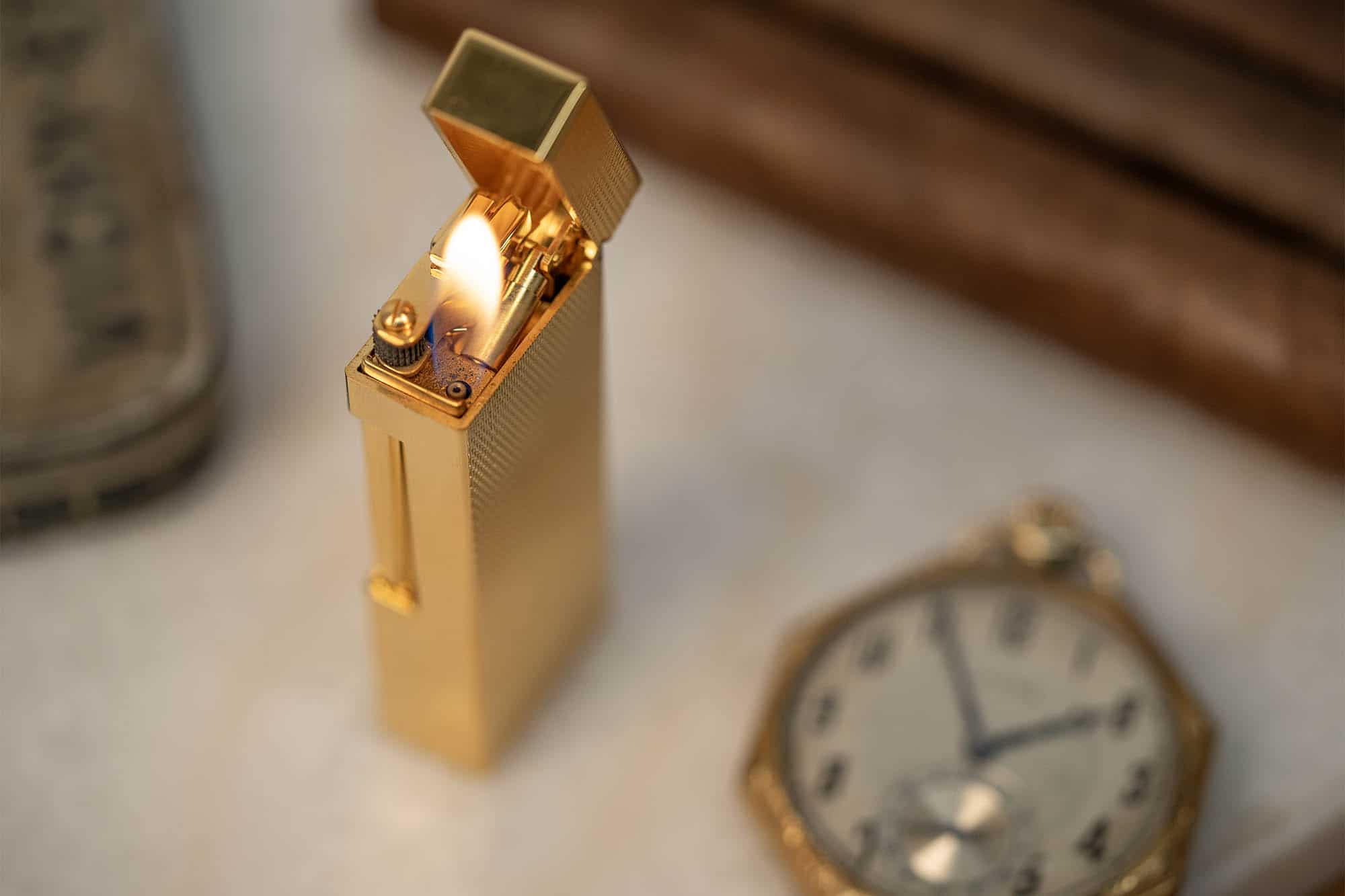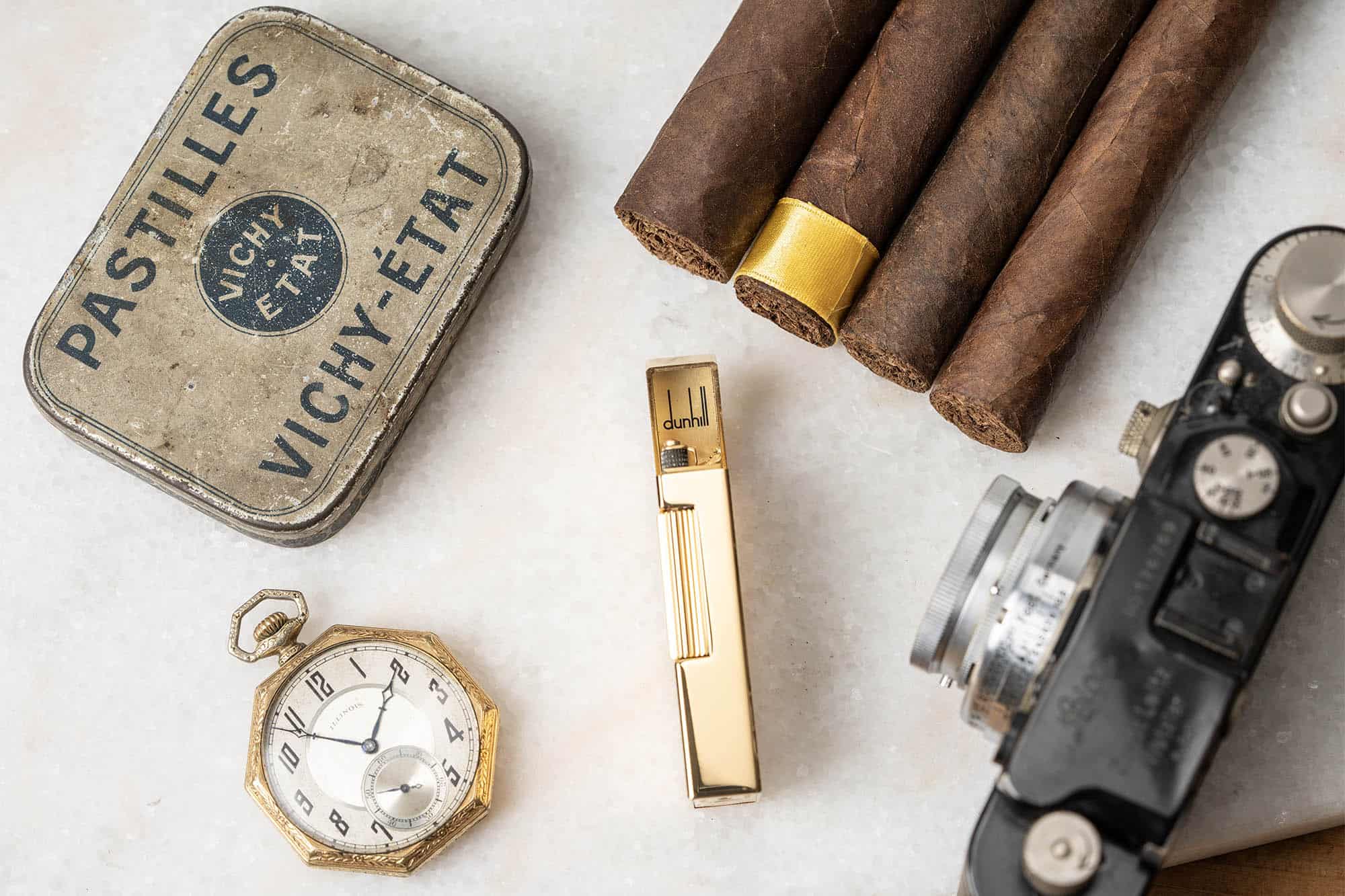While the term “everyday carry” is broad enough already, I’d bet my money that a lighter which costs close to $1,300 would not be included in anyone’s list. But, for me, it’s hard to deny that a Dunhill Rollagas is the epitome of style and functionality – and here is where I’m willing to expand the definition of “EDC” just a little bit.
For many of us who consider ourselves collectors – whether it be watches, pens, or knives – I’m sure you’ve heard the phrase, “My cheap X works just as well!” And while this may be true (and trust me, my house is littered with matchbooks and cheap Bic lighters), I know that I’m not just buying something for functionality. When I buy a luxury good, I’m buying into the brand itself and the history behind it. While the $5 Spongebob watch my nephew wears and my Datejust both tell time, sure, there’s an undeniable difference that exists beyond timekeeping. When a brand does it right, you can almost feel it.
I’d call it nearly talismanic while my more cynical peers may call it just plain ol’ good marketing. But whatever the case might be, I feel a little different holding a Dunhill lighter in my hands. When I run my thumb across the sparkwheel on a gas station Bic, I’m instantly brought back to when I was sixteen and trying my first cigarette. When I do the same with a Rollagas, I feel like a proper adult. I like who I am when I have one in my pocket.
The History of Dunhill
For a brand to have been on a steady rise for over 130 years, they must be doing something right. Dunhill began as a saddlery company that was inherited by its founder, Alfred Dunhill, from his father. Taking a look around at the growing market of automobiles, Dunhill used his keen business sense to put the horses away, so to speak, and focus on providing leather accessories for the nascent auto industry. By evolving with the times, Dunhill was not only able to stay afloat, but to actually succeed in an emerging industry. This, more than a century later, appears to be a trait ingrained into the DNA of the brand.









 Featured Videos
Featured Videos




